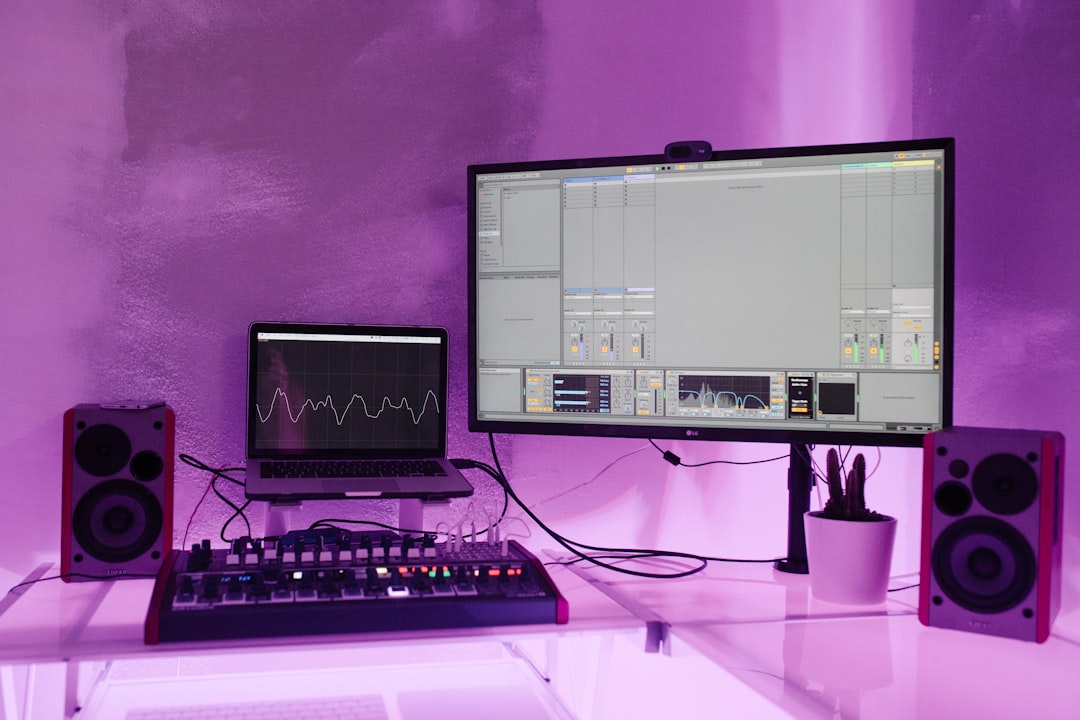Twitch Drops have become a popular and effective way for game developers to engage their audiences and reward viewers with exclusive in-game content simply by watching streams. However, despite their popularity, Twitch Drops have also earned a reputation for being inconsistent, frustrating, and in many cases, completely unreliable. This article explores the technical and procedural challenges behind Twitch Drops, why they are so often buggy, and what’s being done—if anything—to fix them.
- TL;DR
- 1. Understanding How Twitch Drops Work
- 2. Multi-System Integration and Complexity
- 3. Overloaded Servers and Scalability
- 4. Ambiguous Eligibility and Poor User Communication
- 5. Bugs in Reward Redemption Systems
- 6. Limited Developer Support and Accountability
- 7. What’s Being Done to Improve Twitch Drops?
- 8. Final Thoughts: Temporary Problem or Systemic Flaw?
TL;DR
Twitch Drops are often buggy due to a combination of technical integration complexities, server-side issues, and poor communication between developers and platforms. When multiple systems are involved—Twitch, game publisher APIs, and game client software—even small disruptions can break the process. Additionally, unclear user instructions and overburdened servers during major events exacerbate the issues. Although some improvements have been made, systemic problems remain.
1. Understanding How Twitch Drops Work
Before diving into why Twitch Drops fail, it’s important to understand how they actually work. Twitch Drops are essentially a system that connects various services: Twitch watches your viewing behavior, logs your eligibility, and communicates with a game developer’s servers to reward you accordingly.
The process typically involves the following steps:
- The viewer links their Twitch account with the respective game account (e.g., Riot Games, Blizzard, Ubisoft).
- The viewer watches a stream that has Drops enabled for a specified amount of time.
- Twitch records the viewing time and sends an eligibility notification once the criteria are met.
- The game developer’s backend server receives the list of eligible users and pushes out the rewards, either immediately or after an authentication check.
This process may seem straightforward, but each step introduces potential points of failure.
2. Multi-System Integration and Complexity
One of the fundamental reasons Twitch Drops are so buggy comes down to complex third-party integration. Twitch accounts need to be linked correctly to various publisher or developer accounts, which are often managed on entirely independent platforms. Each integration is unique, and the communication protocols vary between studios.

Compounded by millions of users simultaneously trying to perform these actions, even minor inconsistencies—such as cookie policy mismatches, delayed APIs, or mistaken identity tokens—can cause the whole process to break down. Even something as subtle as a temporary outage on a publisher’s backend can result in rewards being irreversibly lost for certain users.
Some common integration issues include:
- Incorrect account linking or failure to authenticate tokens.
- Latency in communication between Twitch and publisher servers.
- Conflicting data formats or timestamp mismatches.
- Failure to push notifications back to user dashboards.
3. Overloaded Servers and Scalability
Twitch Drops are often rolled out during highly anticipated gaming events or major content updates. These moments typically attract millions of viewers simultaneously, which puts enormous pressure on both Twitch’s and game developers’ infrastructure. In many cases, neither party is fully prepared for the level of traffic and demand.
Scalability becomes a major limitation. If even one component of the system becomes rate-limited or crashes under the load—such as user authentication services or item distribution APIs—the drop process becomes delayed or entirely non-functional. Sometimes, issues are only identified hours after the event begins, by which point large numbers of players are affected.
4. Ambiguous Eligibility and Poor User Communication
Another critical issue contributing to the perception of Twitch Drops being buggy is the lack of clear user communication. Often, instructions for linking accounts, how long to watch, or when and where to redeem rewards are vague or spread across multiple platforms. Some users believe they’re eligible when they have actually missed a crucial step, such as confirming their account connection or watching the right Twitch channel.
Moreover, delayed notifications can further confuse users. Sometimes, Twitch may mark a drop as “earned” while the game publisher has yet to process and deliver the item. This asynchronous behavior means players are left in limbo, not knowing who to contact or where to check for updates.

5. Bugs in Reward Redemption Systems
Even after a drop has been earned and marked as such by Twitch, the final step—redeeming the reward in the game—can still fail. Many games use different clients or platforms to process rewards (e.g., Steam, Epic Games Launcher, proprietary clients), and the orchestration among these can often break down.
Common in-game redemption issues include:
- Content not appearing in the user’s inventory.
- Redemption records being marked as complete without actual delivery.
- Delays in syncing user data across game clients.
- Required game patches or login triggers not being communicated to players.
Technical debt also plays a role here. Many older games or hastily developed live service platforms are ill-equipped to handle modern API-based reward systems like Twitch Drops. Developers sometimes hard-code these systems in a rush to meet deadlines, sacrificing long-term stability for quick wins.
6. Limited Developer Support and Accountability
When a drop fails to be delivered, players are often left guessing as to whom to contact—Twitch or the game developer. Unfortunately, customer support for drops anomalies is often minimal or extremely delayed. Twitch considers the delivery of the reward to be the publisher’s responsibility, while game companies may blame Twitch or ask users to check their own settings.
This gray area of accountability leaves many users without resolution. Forums, Reddit threads, and social media become the default support channels—none of which are official or secure. In some high-profile cases, publishers have issued apology rewards retroactively, but that is the exception rather than the rule.
7. What’s Being Done to Improve Twitch Drops?
Although issues still persist, some improvements are underway. Twitch has rolled out more robust notification systems and clearer UI prompts for drops-progress tracking. They’ve also developed better documentation for developers to implement drops using standardized APIs, which reduces the variability and risk of misconfiguration.
On the publishers’ side, some are investing in more resilient reward backends, hiring dedicated live operations teams, and creating unified account linking hubs. Riot Games and Ubisoft, for instance, have built centralized ecosystems that make linking accounts and tracking rewards more transparent.
However, these improvements are unevenly distributed. Smaller developers often lack the resources to build or maintain such infrastructure, and even large publishers occasionally suffer from outages and bugs.
8. Final Thoughts: Temporary Problem or Systemic Flaw?
Twitch Drops offer an engaging way to connect community excitement with in-game incentives—but they remain fundamentally flawed due to the dependency on synchronized, multi-party infrastructure. Each new Drop campaign is a fresh opportunity for things to go awry, and while some aspects are within control, many issues come down to scaled complexity, outdated tech stacks, and unclear guidance.
For users, the best approach is to triple-check account linking, follow official instructions carefully, be patient, and maintain realistic expectations during large-scale events. Feedback from the community continues to highlight the need for better transparency and stronger support channels.
Until tighter integrations and industry-wide standards are established, Twitch Drops will likely remain a hit-or-miss endeavor for many gamers.



Leave a Reply